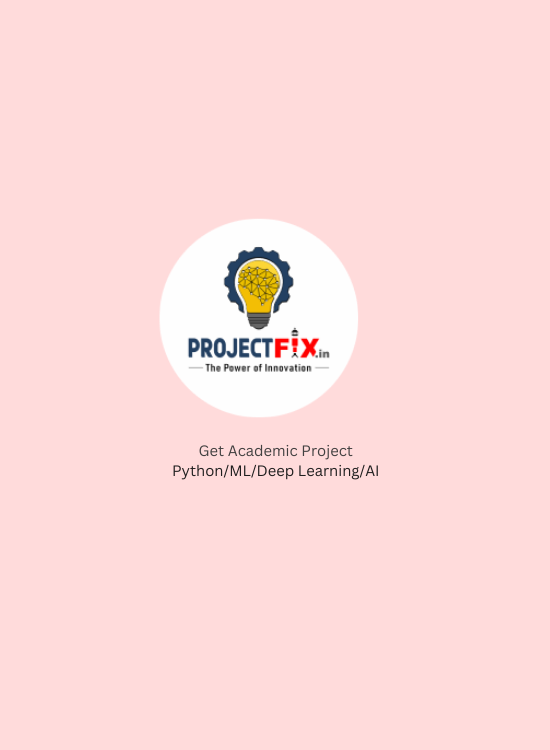Introduce a Mechanism to Enhance the Data Security and User Authorization in Cloud
One effective mechanism to enhance data security and user authorization in the cloud is through the implementation of a Zero Trust architecture. Zero Trust shifts the traditional network security model from a perimeter-based approach to one that focuses on verifying every user and device attempting to access resources, regardless of whether they are inside or outside the corporate network perimeter.
By adopting a Zero Trust architecture, organizations can significantly enhance their data security and user authorization in the cloud. This approach not only strengthens defense against cyber threats but also supports regulatory compliance and improves overall operational resilience in a dynamic and increasingly interconnected digital landscape.
Automation and Orchestration: Automating security processes such as threat detection, incident response, and access management helps ensure consistent enforcement of security policies across the cloud environment, reducing human error and response times.
Overview
To enhance data security and user authorization in the cloud, a robust mechanism can be implemented using a combination of encryption, multi-factor authentication (MFA), and continuous monitoring:
Encryption: All data stored in the cloud should be encrypted both at rest and in transit. Utilizing strong encryption algorithms ensures that even if unauthorized access occurs, the data remains unreadable without the decryption key.
Multi-factor Authentication (MFA): Implementing MFA adds an extra layer of security by requiring users to provide two or more verification factors to gain access to their accounts. This typically includes something the user knows (password), something the user has (a token or device), or something the user is (biometric data).
Role-Based Access Control (RBAC): RBAC ensures that users have access only to the resources and data necessary for their roles. This limits the potential damage of a compromised account and minimizes the attack surface.
Auditing and Logging: Continuous monitoring of user activities, access logs, and system events helps in detecting and responding to suspicious behavior promptly. Logging also aids in forensic analysis after a security incident.
Data Loss Prevention (DLP): Implementing DLP policies helps prevent sensitive information from being shared or accessed inappropriately. It monitors and controls data in motion, at rest, and in use through content inspection and contextual analysis.
Regular Security Assessments and Penetration Testing: Conducting regular security assessments and penetration testing helps identify vulnerabilities and weaknesses in the cloud infrastructure and applications. Promptly addressing these issues strengthens overall security posture.
Secure APIs: If utilizing cloud services via APIs, ensure that they are secure and authenticated to prevent unauthorized access or data leakage through these interfaces.
Backup and Recovery: Implement a robust backup and recovery plan to ensure data availability and integrity in case of accidental deletion, corruption, or ransomware attacks.
By integrating these mechanisms, organizations can significantly enhance data security and user authorization in the cloud, mitigating risks associated with unauthorized access, data breaches, and compliance violations. Continuous improvement and adaptation to emerging threats are crucial for maintaining a secure cloud environment.


